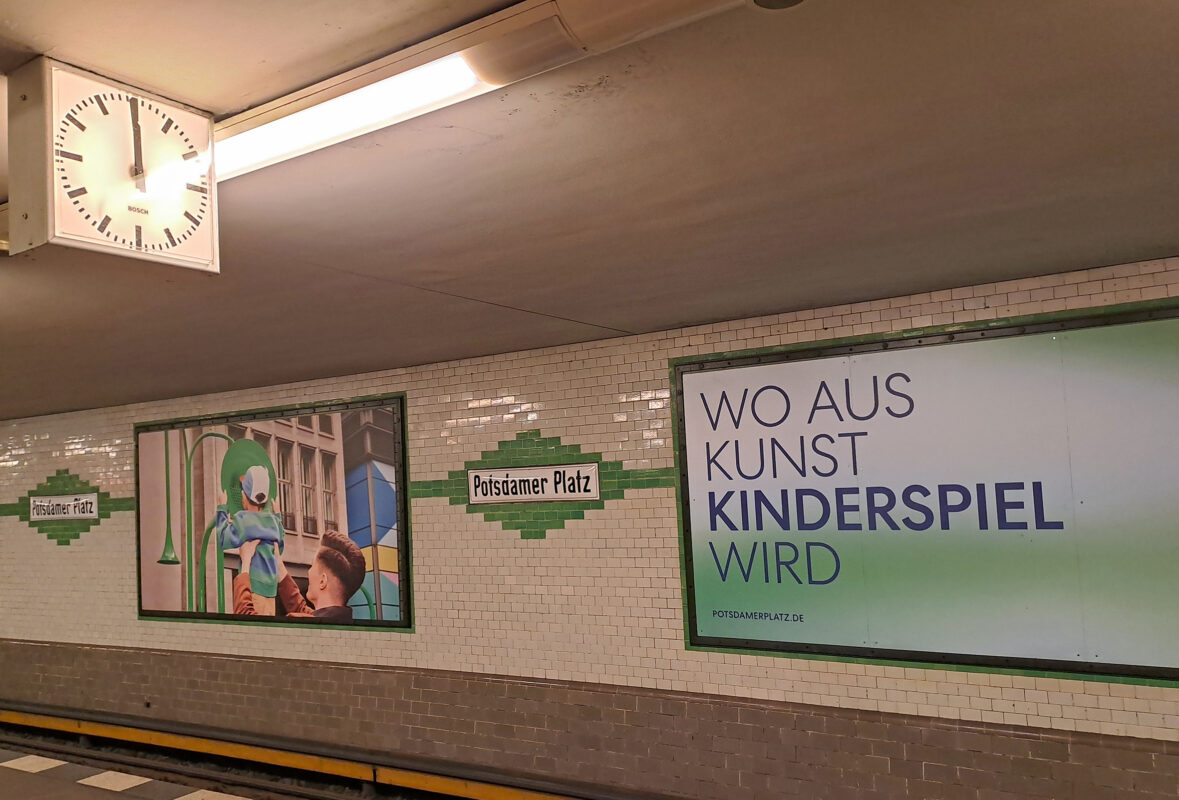The continuity of tonality
An international conference at the Institute of Musicology at the University of Basel dealt with the phenomenon of tonality after 1950.

Tonality is a central buzzword in the debates about musical modernism. Various parties argue about the evaluation of tonality for the compositional practice of the late 20th and early 21st centuries - the positions range from an upgrading to a fighting concept to a world view to the complete negation of its relevance.
At the end of May, an international conference at the Institute of Musicology at the University of Basel addressed this area of tension; it was a continuation of the conference held in North Carolina in 2010 on the subject of tonality before 1950 (the conference proceedings were published in 2012 under the title Tonality 1900-1950. Concept and Practice published by Verlag Franz Steiner, Stuttgart). In Basel, there was no longer just talk of the concept and practice of tonality, but also of the tonality system, of tonality as a metaphor, of tonality as utopia, as Wolfgang Rathert stated in his opening lecture. Tonality always appears as the result of culturally shaped and at the same time highly individual processes of appropriation and transformation; and the conference set itself the goal of analyzing these processes.
Ulrich Scheideler, for example, explained how inherent tonality is for Hans-Werner Henze's compositions, how the tonal islands (or quotations) are conceived in an atonal environment, isolated like blocks or covered with a double layer. Wolfgang Rathert used the example of Hindemith's opera Harmony of the world a tonality of relations: Hindemith does not specify an interval quality, but only tonal building blocks that can be used to construct different tonalities. Hindemith understands tonality as functionality: tonality is any system that is self-contained; atonality is indicated when functionality is dispensed with - or cannot be produced.
The appropriation processes of well-known composers such as Luigi Nono (funnel-shaped, diverging all-interval rows), György Ligeti (non-tonal diatonicism) and Leonard Bernstein (integral tonality) were just as much a topic as individual US composers who have received little attention in this country. George Rochberg (1918-2005), for example, after an atonal and also strictly twelve-tone phase, turned to a total, almost Schubertian tonality in his 3rd String Quartet between polystylistic movements in the 3rd movement - and thus earned himself the accusation that he had betrayed the ideals of modernism, as Felix Meyer reported. Felix Wörner used Thomas Adés' Piano Quintet op. 20 from the year 2000 shows that tonality also occurs in the latest music, namely through newly developed constellations and relationships between harmonic poles.
Markus Böggemann illustrated just how fiercely tonality and atonality were sometimes fought over, even in the feature pages, and quoted the musicologist Friedrich Blume, who in 1958 still considered tonality to be an elementary characteristic of music based on the common natural stock of tones.
In pop music, tonality is the basis, atonality the aberration; nevertheless, both can be found and cannot always be clearly classified. Simon Obert reflected on what tonality actually means when no cadence, no leading tone can be related to a major-minor tonality, when tonality consists of the cyclical nature of chord patterns that do not follow any harmonic logic, but merely arrange chords in a metric structure (for example in Don't Forget Me of the Red Hot Chili Peppers from 2002), in short: whether "tonality without a center" is conceivable.
Ulrich Mosch stated that tonality fundamentally requires a center as a reference system; only through this is tonal harmony able to construct far greater contexts than atonal, serial music. However, the omnipresent flood of major-minor tonality makes it almost impossible to decide whether this type of tonality is a natural basis or a cultural transformation - which already suggests a possible next conference topic.








